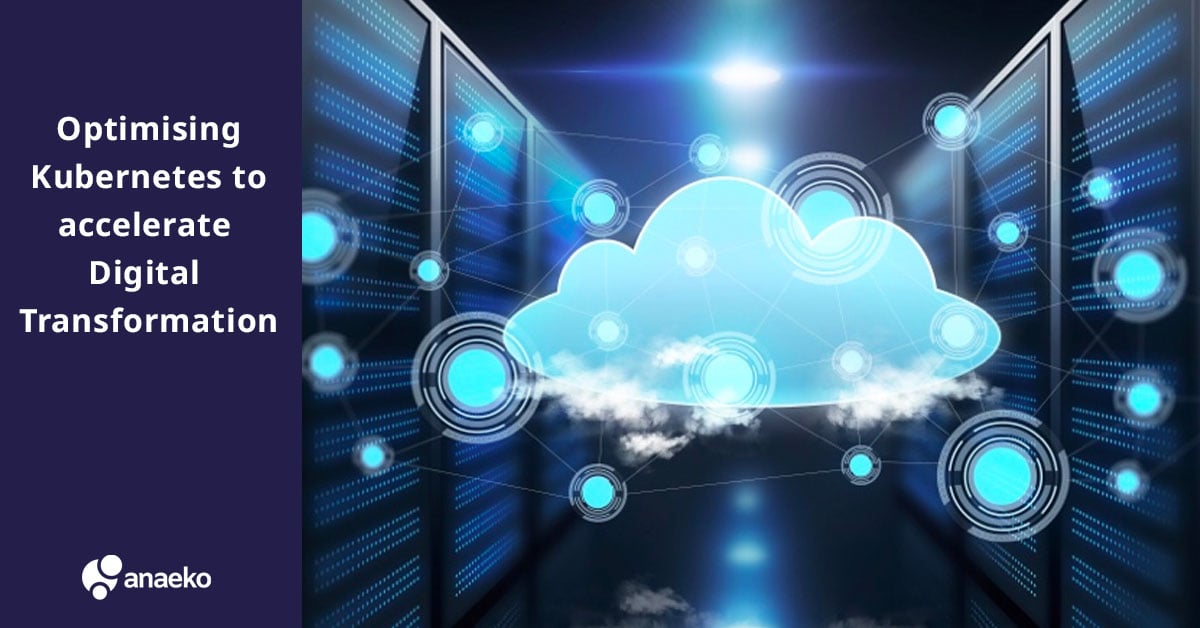Jack Rankin is new to the tech industry in Northern Ireland, beginning his career as a placement student at Anaeko. Jack’s position as Placement Software Engineer has allowed him to develop his technical skill set across multiple disciplines such as AWS and Java. His enthusiasm to develop and innovate has made Jack a great asset and valuable team member at Anaeko.
What is a Placement Software Engineer
As a Placement Software Engineer at Anaeko, you will work on projects where you can make a real difference to people’s lives and help develop solutions on a global scale. A placement position allows you to implement your ongoing academic study in real time, and develop your skills as an Engineer in multiple disciplines and work on many projects.
You receive great support and mentoring, balanced with the experience of being given real, meaningful work to do, to help you truly develop both technically and professionally. You will learn from our experienced developers, project managers and customer-facing staff.
You will be responsible for:
- Developing high quality solutions which impact the lives of users worldwide.
- Working as part of a team to solve problems and produce innovative software solutions.
- Learning about new technologies and approaches, with talented colleagues who will help you learn, develop and grow.
- Developing excellent technical, team-working and Agile project experience.
- Contributing to peer reviews of designs, code and test specifications
- Continuous innovation and improvement
Placement Software Engineer Skills
Communication Skills
It’s extremely rare that Software Engineers work in isolation. In fact, what separates Software Engineers from similar roles like Software Developers tends to be the amount of high-level collaboration, leadership, and team building required of a Software Engineer – and communication skills are key to all of that. Software Engineers should be able to clearly communicate – in writing and orally – with virtually any type of team or company stakeholder, regardless of that person’s technical background.
Team Player
Software Engineers typically work as part of a team – or leading one – and creating or maintaining great software programs requires the input and expertise of a great number of people. Success or failure will be shared by that team. Successful Software Engineers must understand how to compromise, how to motivate others to deliver the best work they’re capable of, and how to take and learn from criticism.
Problem Solving
Successfully steering software development projects to completion requires quickly identifying and solving a lot of issues along the way. Software Engineers must be curious and creative problem-solvers, able to sift through code to pinpoint a programming error while also anticipating other issues before they arise and adapting quickly to solve them.
Attention to Detail
Software Engineers are expected to be precise and meticulous, with a high level of attention to detail applied to everything from coding to testing to documenting projects. Some software engineering industry best practices – like using version control systems to keep track of old work – fall into this category of soft skills.
JACK RANKIN ON WORKING AT ANAEKO
TIM : Hi Jack, do you want to introduce yourself, and your position within Anaeko?
JACK: My name is Jack Rankin, and I am a placement software engineer at Anaeko.
TIM: Perfect, so how would you summarise what you do on a daily basis, what does a placement software engineers day look like?
JACK: My day to day is a concurrent development of an AWS Connect system, where it is up to me to relay any issues or further developments of the product. Along with any further training I may be completing at the time.
TIM: And how long have you worked for Anaeko and what made you want to work for the company?
JACK: I have been working with Anaeko for eleven months. So I haven’t been here for long, but it is fantastic to see the progress I have made in such a short space of time.
One of the main reasons I want to continue working at Anaeko is the people within the company, I have had amazing people around me helping me from the start and till this day. They have helped me build my knowledge and experience. Another reason is the amount of learning which has enhanced my overall skills massively in multiple different sectors.
My current Job is incomparable to any previous roles I have had, the environment and the people within Anaeko allow for an incredibly good atmosphere, being that it is my first IT role there was a lot of challenges and problems which I would encounter but the people around me allowed me to get through any of these issues with ease. Communication is also a very big thing at Anaeko whereas to other roles/jobs I have had communication has just been at a bare minimum.
TIM: Tell me about a recent project you worked on or a nice encounter you had with a co-worker.
JACK: The last project I worked on, which lasted around eight months, was amazing as the experience working with my colleagues like Liam, Daire, Daniel and Varhsa was a valuable learning tool.
TIM: What do you look forward to most at work?
JACK: The thing to which I look forward to may be a cliché answer, but it is the learning for me! To be around people with heavy amounts of experience and a lot of new technologies has been invaluable and makes the work environment dynamic.
If a career at Anaeko sounds like the perfect fit for you, or someone you know! View our current vacancies HERE.




